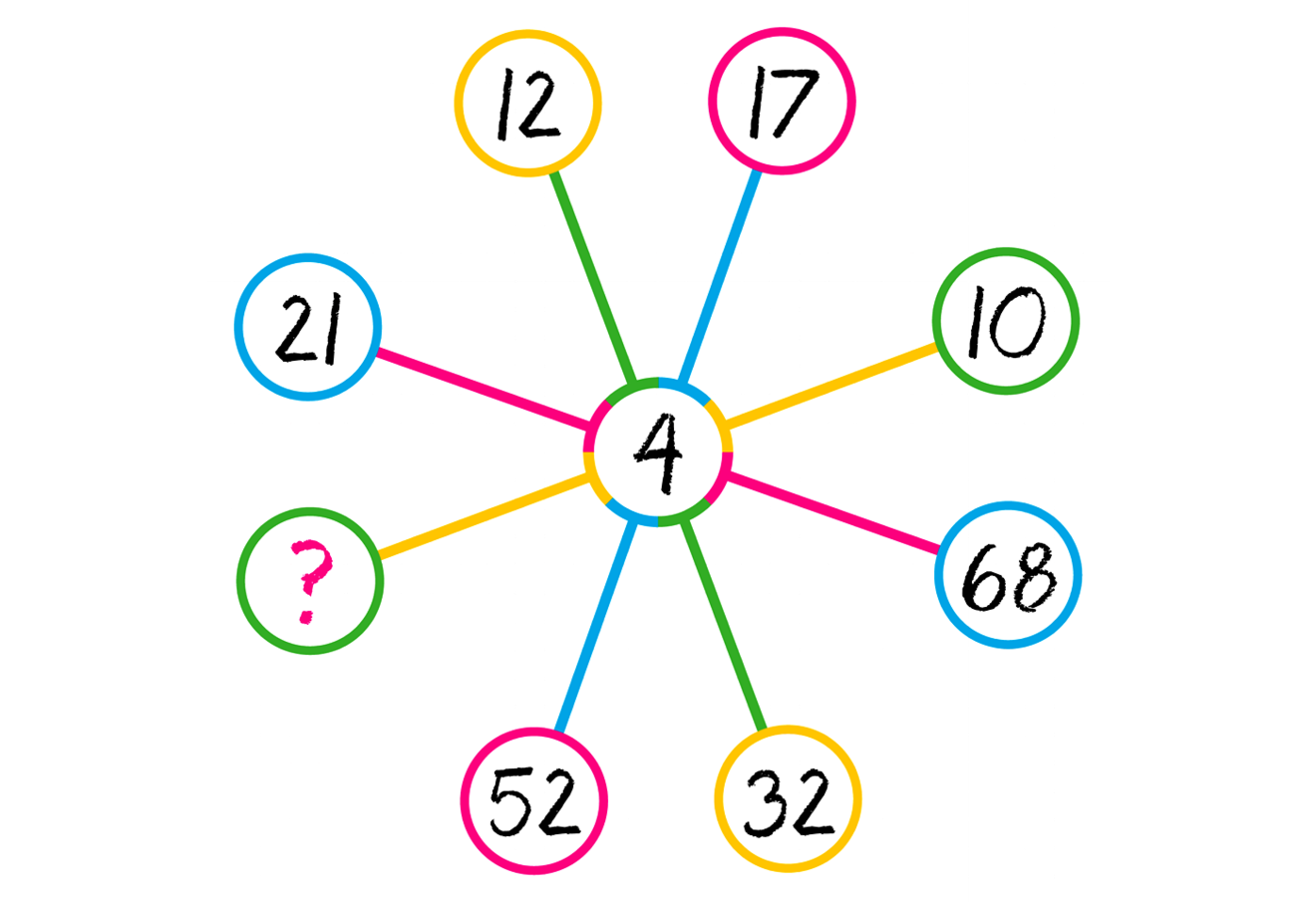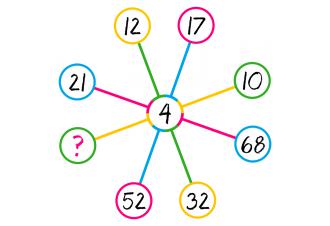MATH PUZZLE: Can you replace...
MATH PUZZLE: Can you replace the question mark with a number?Correct answers: 272
The first user who solved this task is Roxana zavari.
#brainteasers #math #riddles

A man is walking from the lake...
A man is walking from the lake carrying two fish in a bucket. He is approached by the game warden who asks him for his fishing license.
The fisherman says to the warden, "I did not catch these fish, they are my pets. Every day I come down to the water and whistle and these fish jump out and I take them around to see the sights only to return them at the end of the day."
The warden, not believing him, reminds him that it is illegal to fish without a license. The fisherman turns to the warden and says, "If you don?t believe me then watch," as he throws the fish back into the water.
The warden says, "Now whistle to your fish and show me how they jump out the water."
The fisherman turns to the warden and says, "What fish?"
The fisherman says to the warden, "I did not catch these fish, they are my pets. Every day I come down to the water and whistle and these fish jump out and I take them around to see the sights only to return them at the end of the day."
The warden, not believing him, reminds him that it is illegal to fish without a license. The fisherman turns to the warden and says, "If you don?t believe me then watch," as he throws the fish back into the water.
The warden says, "Now whistle to your fish and show me how they jump out the water."
The fisherman turns to the warden and says, "What fish?"

